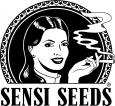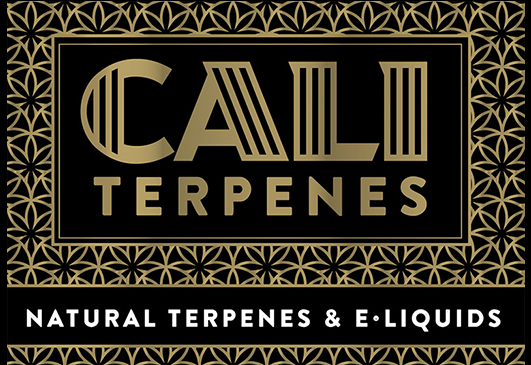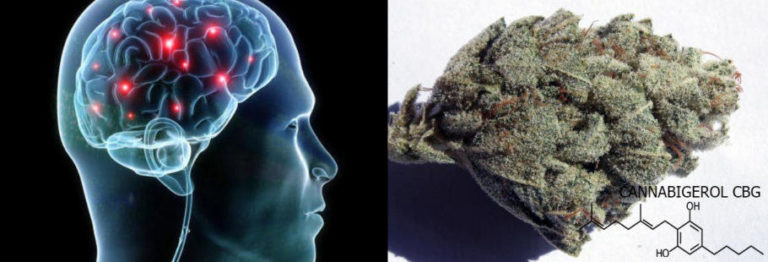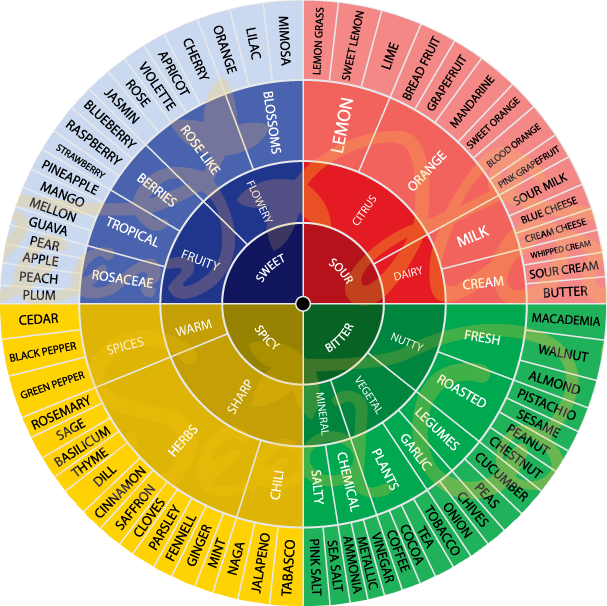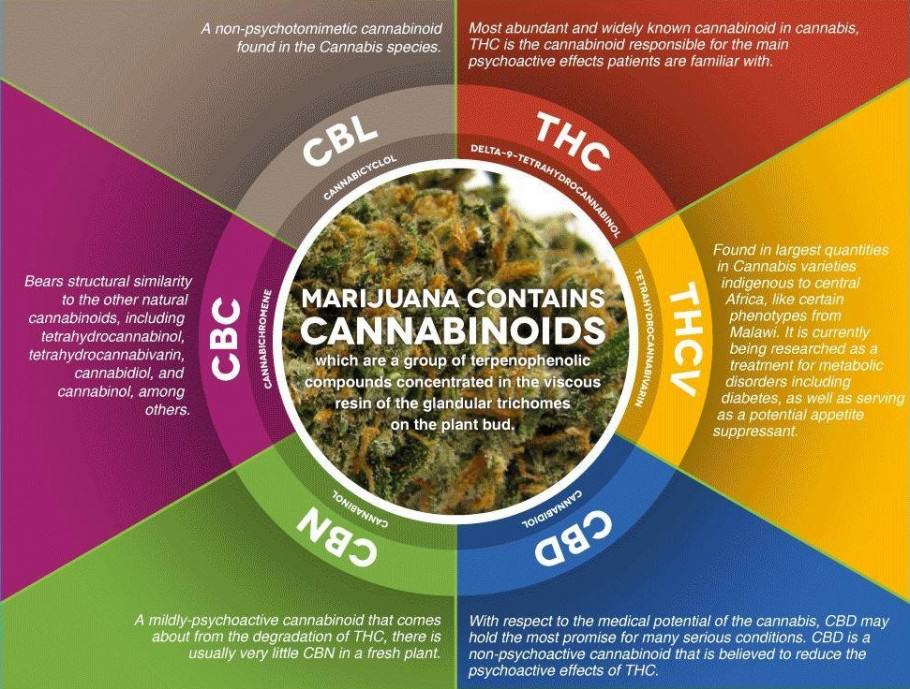The Entourage Effect: Synergy between cannabinoids and terpenes
List of contents
What is the entourage effect?
The so-called entourage effect (sometimes referred to as the ensemble effect) is a term used for the first time in a study on the interaction between various compounds present in cannabis, published in the July 1998 issue of the European Journal of Pharmacology. This text (An entourage effect: inactive endogenous fatty acid glycerol esters enhance 2-arachidonoyl-glycerol cannabinoid activity) was written by researchers and scientists including Professor Raphael Mechoulam and Shimon Ben-Shabat among others, and demonstrates the increase in activity of a given cannabinoid thanks to the presence of another compound, in this case the esters of a fatty acid. However, as research has progressed over the years, this term has been coined to refer to the interaction, or synergy between the various cannabinoids, terpenes, and flavonoids present in the plant that define the effects of cannabis.
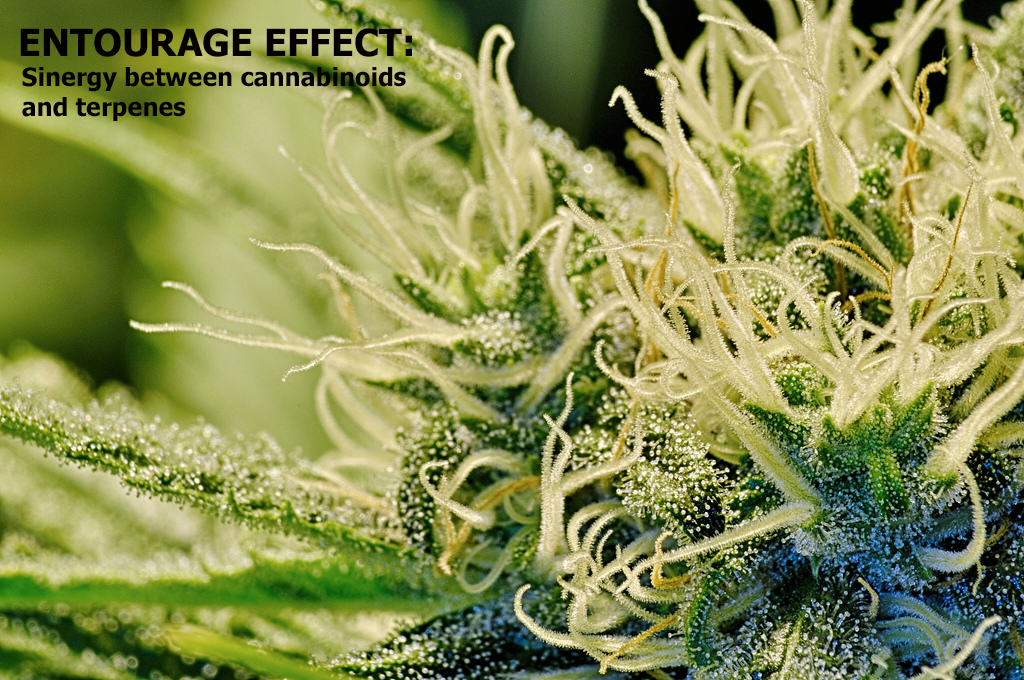
In short, and as we will see in more detail below, it is a principle whereby the association between the different compounds present in cannabis can enhance (or mitigate) the effect of each one of them, in many cases improving the results given when administering isolated cannabinoids. A classic example of this is found in the potentiation of the effects of phytocannabinoids when THC and CBD are administered jointly, in which a level of effectiveness is reached that would be impossible by using the two compounds separately, besides avoiding some of the adverse or undesirable effects of THC. For this reason, more and more patients are looking for cannabis strains with a wider range of cannabinoids and terpenes, to ensure this interaction between the various molecules and, therefore, more potent and effective results from a medicinal point of view.
Entourage effect and cannabinoid-based medicines
More than twenty years ago, in 1985, a medicine based on pure THC, commercially called Marinol and intended to combat the symptoms of chemotherapy, was marketed in the US and made available by medical prescription. However, both doctors and patients soon realized that this drug was much less effective than the combination of several cannabinoids and terpenes which many experienced when consuming the whole cannabis plant. As a result. the research focused on the interaction between primary and secondary compounds based on different proportions, which often, as witnessed by researchers such as Dr. Sanjay Gupta, offered much more promising results than isolated cannabinoids in pure form.
Even so, given the current legislation in most of the world, many of the medicinal products produced from cannabis avoid any THC content and, in many cases offer only CBD. At best, and since THC is still prohibited in many countries, a combination of CBD and some terpenes is offered, which is indeed more effective than an isolated cannabinoid like CBD, but is still far from the potential shown by other products also containing THC.
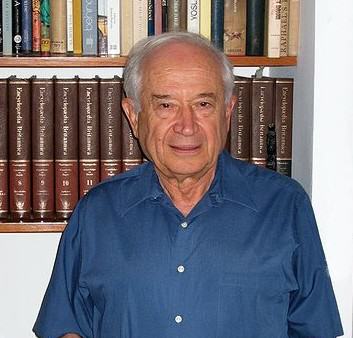
Although research is progressing and more and more products with CBD can be found, some with added terpenes extracted from cannabis or other plants (to increase the permeability of tissues and mucous membranes, improving the assimilation of other compounds), thousands of patients globally cannot fully benefit from this effect if they are unable to also use THC, which according to studies appears to be one of the fundamental ingredients for creating this synergy between molecules.
Ethan B. Russo, an eminent American neurologist and passionate student of cannabis, is another of the many researchers who bet on the entourage effect as a way to get the true benefits that cannabis can offer to thousands of patients. According to his studies, the entourage effect can be very useful in treating a large number of ailments, such as pain, inflammation, depression, anxiety, various cases of addiction, epilepsy, cancer, or infections caused by fungi or bacteria. Although careful, he also emphasizes the following: THC or tetrahydrocannabinol is still essential to achieve the best results, regardless of the combination of compounds concerned. According to Dr. Russo, the administration of CBD together with THC mitigates ostensibly the possible psychotic effects (or anxiety/paranoia) that the THC can cause when administered in isolation.

Cannabinoids, terpenes, and the entourage effect
Thanks to the increasingly numerous studies on this phenomenon, we are aware of certain combinations of cannabinoids and terpenes that have been proven to be effective in treating certain medical conditions. Here are some of them:
- Limonene + pinene + linalool: effective to treat acne and increase the effects of THC
- Limonene + linalool: enhance the effects of CBD
- Linalool + caryophyllene + myrcene: potentiate the activity of cannabinoids to treat sleep problems
- Caryophyllene + myrcene + pinene: suitable for treating addictions
- THC + CBD: cannabinol (CBD) would enhance the beneficial effects of THC while reducing adverse effects and modulating its psychoactivity, also contributing its own therapeutic effects.
As can be seen with these few examples, and given the enormous amount of cannabinoids, terpenes, and other compounds (ketones, esters, lactones, alcohols, fatty acids, steroids, etc.) found in cannabis, it's not hard to imagine the huge amount of possible combinations that might be achieved, each with a series of specific and determined effects. For this reason, we always advise you to test each plant separately and note how it affects you, in this way, we can find the individual plant that offers the right chemotype for each person (remember that each plant has its own unique profile of cannabinoids, terpenes and other molecules, so the effects of each plant can vary depending on that profile, or chemotype).
Varieties of cannabis with THC, CBD, and other cannabinoids
Modern cannabis cultivation is increasingly taking into account the cannabinoid and terpene content of commercialized varieties. Today's breeders are fully aware that they must satisfy an audience with increasing awareness and with increasingly specific needs, so you'll find many of them already include the cannabinoid content (usually just the principal cannabinoids) in the information about their genetics. Here you have a list of varieties that are particularly interesting for their content of different cannabinoids, particularly for their balanced ratio of THC and CBD:
- Fruity Jack by Philosopher Seeds
- Strawberry Cake CBD by Medical Seeds
- Afghan Pearl CBD Auto by Sensi Seeds
- Gorilla Snow Ultra CBD by Elite Seeds
- Cream Caramel CBD by Sweet Seeds
In addition to these, you'll find a wide range of medicinal varieties in our catalog, all with different ratios of cannabinoids.
See you soon!
Studies and publications on cannabinoids and terpenes consulted for the writing of this article:
- An entourage effect: inactive endogenous fatty acid glycerol esters enhance 2-arachidonoyl-glycerol cannabinoid activity. ShimonBen-Shabat, Ester Fridea, Tzviel Sheskina, Tsippy Tamirib, Man-Hee Rheec, Zvi Vogelc, Tiziana Bisognod, Luciano De Petrocellise, Vincenzo Di Marzod and RaphaelMechoulam
- Taming THC: potential cannabis synergy and phytocannabinoid-terpenoid entourage effects. Ethan B. Russo
- A tale of two cannabinoids: the therapeutic rationale for combining tetrahydrocannabinol and cannabidiol. Ethan B. Russo and Guy, GW
- Cannabis is more than simply D9-tetrahydrocannabinol. Ethan B. Russo and John M. McPartland
- The entourage effect: Synergistic actions of plant cannabinoids. Juan Sanchez-Ramos
- Medicinal cannabis: is delta-9-tetrahydrocannabinol necessary for all its effects? JD Wilkinson, BJ Whalley, D. Baker, G. Pryce, A. Constanti, S. Gibbons, Williamson MS
- The Therapeutic Potential of Cannabis and Cannabinoids. Franjo Grotenhermen, Kirsten Müller-Vahl




